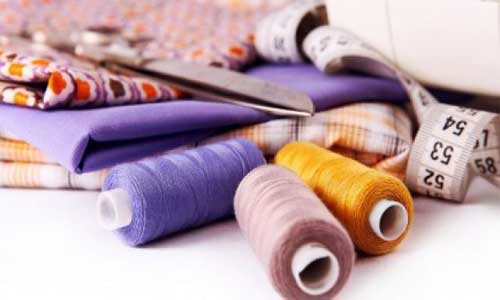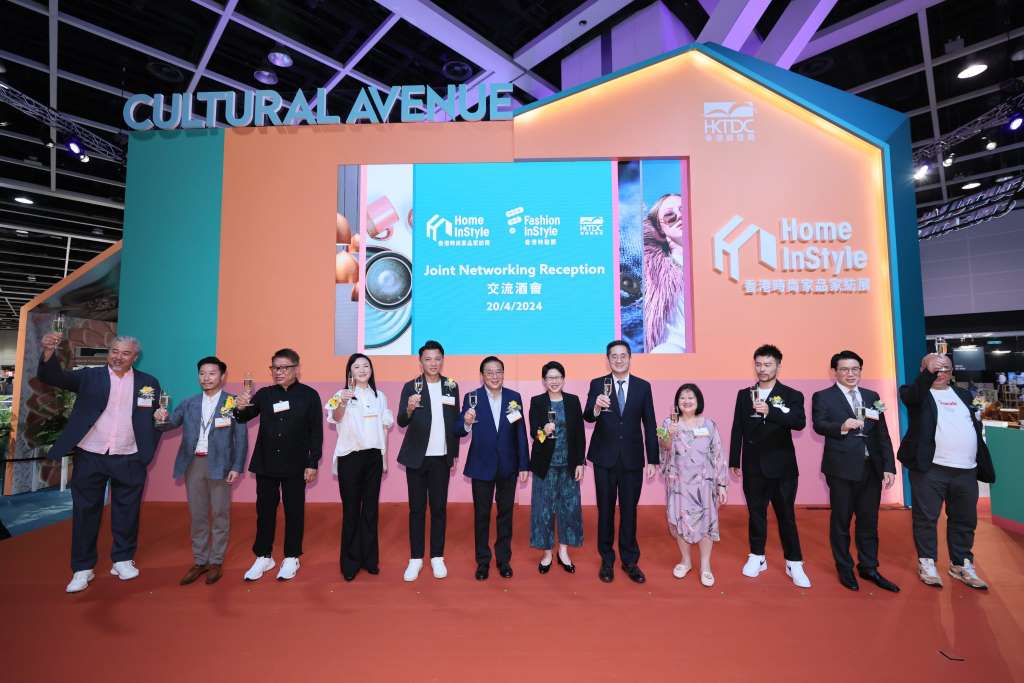"The Goods & Services Tax (GST) Council announced rates for the textile and other pending categories on June 3, 2017, moving one step closer to the proposed implementation of the new tax regime with effect from July 1, 2017. While rates for most commodities were announced on May 19, 2017, the announcement for the textile sector came with a lag owing to the complexities involved in the textile value chain, given the multiple layers and considerations as well as its far-reaching implications on the country’s output and employment."

The Goods & Services Tax (GST) Council announced rates for the textile and other pending categories on June 3, 2017, moving one step closer to the proposed implementation of the new tax regime with effect from July 1, 2017. While rates for most commodities were announced on May 19, 2017, the announcement for the textile sector came with a lag owing to the complexities involved in the textile value chain, given the multiple layers and considerations as well as its far-reaching implications on the country’s output and employment.
Some of the industry characteristics which add to the complexity include: regionally spread-out textile value chain and variations in state-level taxes and subsidy regimes; variation in taxation rates for fibres viz. natural vis-à-vis man-made; large interactions between organised and unorganised segments, which are subject to different taxes and rebates/subsidies; and variations in tax incidence and exemptions across segments in the value chain. Overall, the rates announced for the textile sector are comparable to the current effective tax rates for most categories and more or less in line with the industry expectations, except for manmade fibres and yarns, where the industry participants were hoping for a movement towards a fibre-neutral regime.
Existing Tax Structure: Low effective taxation at present

Given the importance of the textile industry in terms of employment generation and contribution to foreign currency earnings, the Indian textile industry has been supported through low taxation, capital and interest subsidies and refund of taxes paid on inputs through the duty drawback scheme for exporters. Further, most of the players across the value chain operate on the optional route and pay zero excise duty provided they don’t claim the Input Tax Credit (ITC), thereby resulting in the incidence of lower duty. Some of the key reasons for players opting for the optional route include: non-availability of ITC for cotton-based companies, given no excise on cotton: Domestic spinning industry is largely cotton-based which is not subject to excise, and hence ITC on raw materials is not available; non-availability of ITC for downstream companies, given low tax incidence for fabric manufacturers: The weaving industry is dominated by the small scale industries (SSIs), which operate under the composite scheme for taxation. As a result, ITC is not available for the downstream sectors.
With the exception of man-made fibres, the GST rates for all input categories viz. cotton, silk, jute, wool as well as other natural fibres have been kept in the Nil/lowest tax slab of 5 per cent up to the fabric-making stage. In the downstream segment of end-product manufacturing, multiple rates have been introduced varying across product categories as well as across price-points. Further, the rates announced for the MMF based products follow an inverted duty structure wherein the raw materials have been subjected to taxation at higher rates.
Impact likely to be neutral
As per ICRA’s estimates, the effective tax incidence on cotton and MMF/blended textiles (up to fabric stage) under the existing tax regime is in the range of 5-7 per cent and 11-14 per cent respectively. Besides excise duty, this captures the impact of other multiple levies such as Value Added Tax (VAT), Central Sales Tax (CST) and Entry Tax/ Octroi. Considering that the GST rates announced for these textile categories are more or less in line with the existing effective tax rates, ICRA does not envisage any impact on these product categories. However, the rates announced are expected to be positive for wool/silk-based textiles which will be taxed at a lower rate of 5 per cent vis-à-vis their prevailing tax incidence of ~8-10 per cent.
The fabric manufacturers, which operate under the composition scheme of taxation for which ITC is not available, will face challenges as the apparel manufactures will prefer to deal with GST-compliant fabric suppliers to avail of the ITC. This will hence incentivise the fabric manufactures to operate under the purview of GST. Further, with the GST applied on cotton yarn as well, the incentive for fabric manufacturers to not avail of the ITC will also fall since doing so would reduce the fabric manufacturers’ competitiveness.
Though the impact is unlikely to be substantial up to the fabric stage, differential rates for the apparels based on pricing points is likely to create some impact on the apparel-manufacturers. While the impact is likely to be positive for apparels priced at less than Rs1,000/ piece in terms of reduced tax liability, the impact is likely to be marginally negative to negative for costlier apparels priced at more than Rs1,000 per piece.












